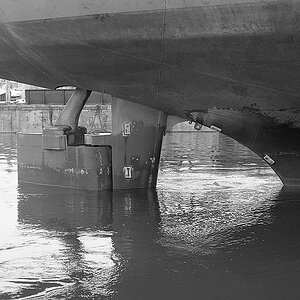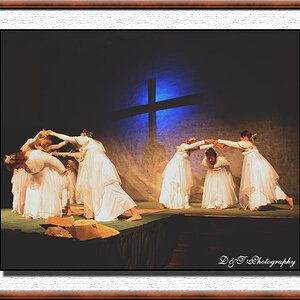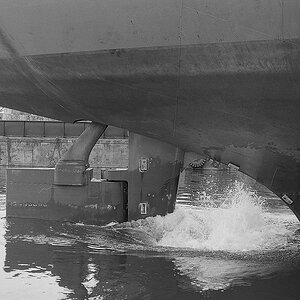junqi
TPF Noob!
- Joined
- Dec 18, 2014
- Messages
- 67
- Reaction score
- 0
- Can others edit my Photos
- Photos NOT OK to edit
i did some of the research on google to re compose your position meaning that you press the button half way down the focus point will be lock and you can move around. how come when i press my canon 70 button half way down the red color focus gone. when i half press and hold the button and on the first subject. the first subject is in focus mode but when i move to 2nd subject the subject is out of focus any idea ?
Last edited:











![[No title]](/data/xfmg/thumbnail/32/32006-4103e122cb8d7b8d8e41a423124446b7.jpg?1619735151)

